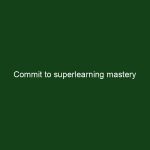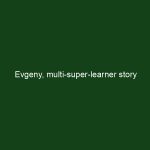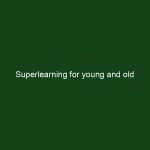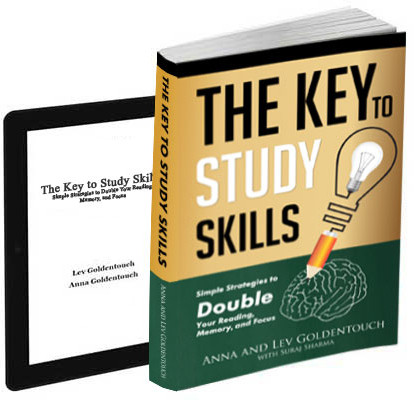We invest significant efforts to make all the resources you need to learn readily available. However, there is only so much a reasonable person can learn all alone or even in a workbook. 1:1 skype lessons with Anna [notice, it is paid and not cheap] is the most effective way to learn. Usually, I say that …
KeyToStudy Offers:
Memory, Speedreading, and Analysis
KeyToStudy Overview:
Memory, Speedreading, and Analysis
ProlificFocus Overview:
Productivity, Motivation, and Projects
ProlificFocus Offers:
Productivity, Motivation, and Projects
Information diet
Information diet is a new idea that is challenging the way we consume information in post-PC society. For example this article claims 7 secrets of limiting distraction and becoming more productive. Personally, while I disagree with this approach, I do recommend some caution with information intake. Our brain was not designed to digest the information …
Speed is the new intelligence
This great post by Dilbert creator argues that speed is the new intelligence. Is that really true? The intelligence discussed by Scott Adams has to do with common sense and big numbers. Technology facilitate access to people, ability to generate and test ideas, access to supporting information and knowledge. Simply by using information technology properly …
Commit to superlearning mastery
When our students start their training we ask them to sate their goals in terms of reading speed and retention. Once the student qualifies (800wpm 80% retention), he/she is encouraged to set and pursue any new goals. For those graduates, that still feel the need to improve their superlearning I suggest to pursue mastery. Mastery …
Career boosting mindset
Following simple rules may boost your career and improve your chances for success. While gaining superlearning experience, we follow the same rules. See for yourself: Courage over fear. Choosing the way of superlearning requires some courage. While there are dedicated teachers and many students have reached their goals, there are no guarantees that you will …
Doodling at school and at work will boost your productivity
Once in a while we write about doodling (or freestyle annotation) and its benefits. Students drawing in their papers where mistreated by generations of teachers. They were asked to focus, to stop fooling around and to listen to the teachers. However, the human spirit is stronger than education fashions, and student persistently doodled in school …
Continue reading “Doodling at school and at work will boost your productivity”
Evgeny, multi-super-learner story
Once a month we try to publish a story about our student to show the progress and the challenges each of us faces. This is a story about my friend and colleague, whom I will call here Evgeny. When I took one of consulting jobs I was greeted by a huge guy with a huge …
Getting thing done
Recently I read two articles describing complementary skillsets of getiing things done. The first article described life attitude required for getting things done, like not getting fear and controversy stop you and commitment to actually doing things. The second article described using flow and momentum to maximize performance and getting things done. These skills contribute …
Superlearning for programmers: learning new programming languages
When I first learned to program back in early 90s, I thought that knowing the grammar of the programming language is what I need. It took me excruciating week till I could use all MSDOS commands, “for” and “while” loops and some other grammar. I was ready to program! I decided to write a racing …
Continue reading “Superlearning for programmers: learning new programming languages”
Superlearning for young and old
We have students of all ages. Our intelligence changes with age, and what works for one age will not necessarily work for another. Typically our course works well for ages between 13 and 65, however it can be easily adapted for wider age ranges. Before age of 13 kids simply do not read fast enough …











